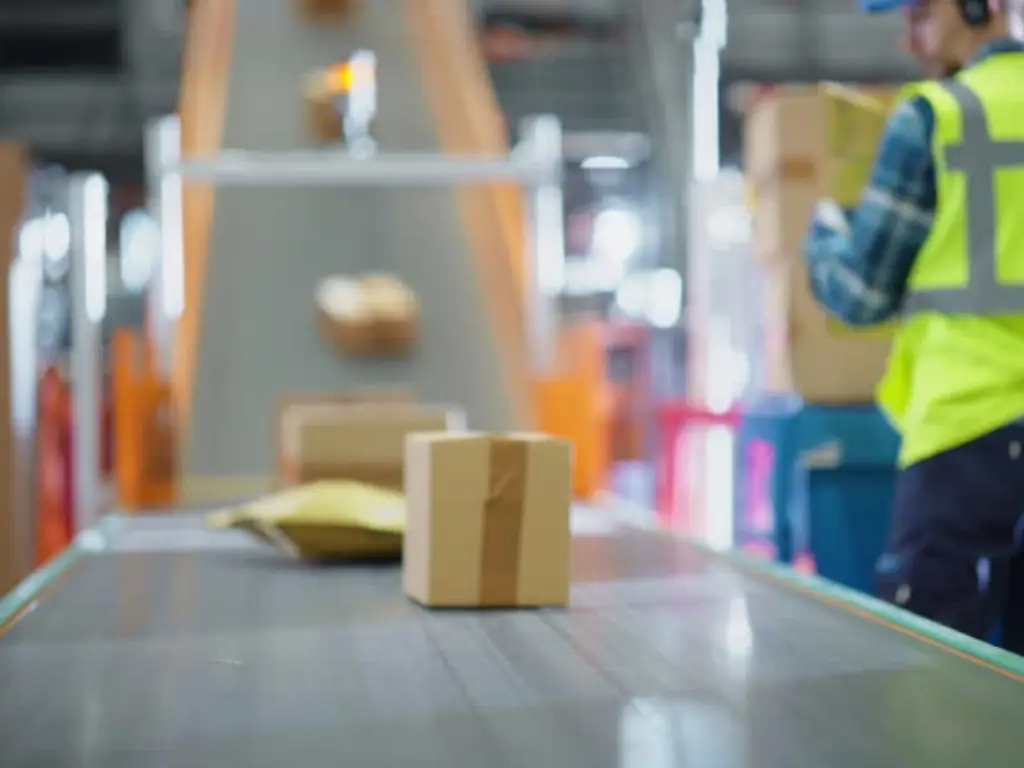Introduction
Nowadays, with the world of digital commerce, it has never been simpler to initiate an online business, or more crowded with competition. Just as small business owners start taking advantage of platforms such as Amazon, Shopify and TikTok Shop to reach an international customer base, global entrepreneurship is an opportunity available to all and continues to provide entrepreneurs with choice and flexibility. There are two channels that newbies and experienced merchants alike can choose, namely Amazon FBA (Fulfillment by Amazon) and dropshipping. Both of them provide distinct approaches of dealing with the order fulfillment process but details and the outcomes may differ dramatically.
The present article is an attempt to offer a commonsense guide that will make you understand what model can meet your aims. I will give you a nice step-by-step overview of what Amazon FBA and dropshipping actually mean (no jargons, I will guarantee you that), how they happen in reality, and what are the actual advantages and disadvantages. Another guide will be a side-by-side comparison of such factors as profit margin, customer support, shipping speed, and possible risks. When you look at all the search results out there, you might feel overwhelmed, and that is the most understandable because you are not the only one who has felt like that. The honest and simple breakdown that you have been wanting is here though.
What is Amazon FBA and how does it work?
What is Amazon FBA?
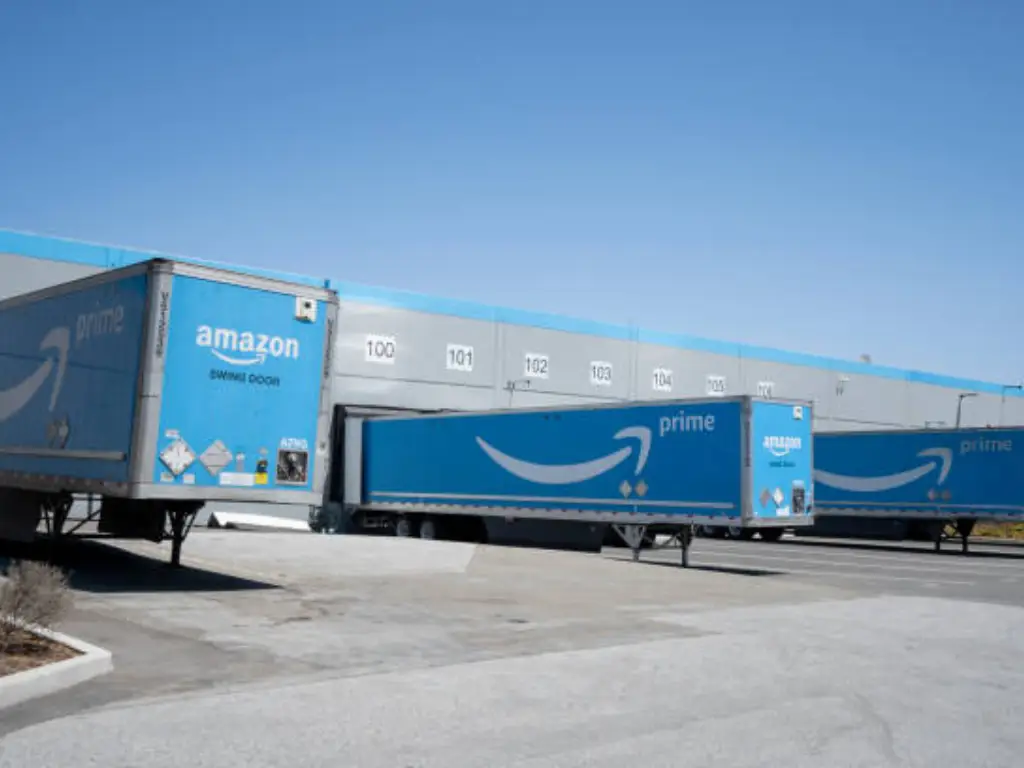
Amazon FBA (Fulfillment by Amazon) is a fulfillment service, which simplifies the process of selling in Amazon, the company itself undertaking major logistics activities on behalf of the seller. Under this type, sellers distribute their goods directly to the huge network of Amazon fulfilment centers where Amazon assumes the responsibility of storing, packing, and delivering the products directly to its clients. The chance to get access to the massive customer base that Amazon has and the prestigious status of being a member of the Prime shipping program is one of the several reasons that make Amazon FBA so appealing to sellers. This form of fulfillment is particularly attractive to sellers who either sell a private label product or want to develop a lasting brand name since this means that the entrepreneur will not have to pay attention to the nitty-gritty elements of running a shipping workforce: rather, he or she gets to concentrate on getting cost-effective products and extending his or her business.
The other advantage that FBA has is that the provision of customer service, including returns and refunds, is done by Amazon. It does not only make the order fulfillment process more convenient; it also enhances the customer experience with regard to fast delivery and competent support. It should, however, be noted that FBA does have a range of fees such as storage fees and fulfilment fees and sellers will be subject to Amazon policies, including their strict dropshipping policy, in case they opt to combine the fulfillment methods.
How Does Amazon FBA Work?
The Amazon FBA process is initiated where a seller orders or makes profitable goods that he wishes to sell using his online store in Amazon. Then the seller buys his goods in large quantities and delivers them to fulfillment centers of Amazon. When the inventory is received, Amazon becomes fully involved; they do the storage, select, and pack the shipments, transport the products to the customers (in many cases with a speedy Prime delivery), and take care of the whole customer care process, including accepting returns or exchanges.
Under this type of system, sellers can just be involved in general shipping logistics to a limited extent, and therefore, it is easier to expand operations, as demand increases. The utilization of their experience and resources in inventory management and their well-developed supply chain can enable sellers to provide a superior customer experience without warehousing and shipping headaches. However, the cost is handling up front pricing, warehousing price, handling storage, the necessity to absorb the stock level which can result in over-stocking or even running out of inventory, both of which can contribute to the loss of the profit margin.
Pros and Cons of Amazon FBA
| Factor | Pros | Cons |
| Fulfillment Process | Amazon handles storage, packing, shipping, and customer service — saving you time and effort. | You have little control over the fulfillment process or packaging customization. |
| Customer Base | Access to Amazon’s huge customer base and built-in traffic from Amazon stores. | You’re competing with many sellers offering similar or the same products. |
| Shipping Speed | Fast, reliable Prime shipping improves customer experience and encourages more orders. | You depend on Amazon’s timelines and policies for delivery and returns. |
| Scalability | Easy to scale — handle more orders without needing your own warehouse or staff. | Rapid scaling can increase storage fees if inventory management is poor. |
| Upfront Costs | — | High initial costs for inventory, storage fees, labeling, and prep. |
| Brand Control | — | Limited ability to build your own brand identity — Amazon is the face of the sale. |
| Customer Service | Amazon handles customer support and returns, reducing your workload. | If something goes wrong, you’re at the mercy of Amazon’s customer support decisions. |
| Policies & Restrictions | — | Must comply with Amazon’s strict dropshipping policy and selling rules. |
| Profit Margin | Can achieve healthy margins with the right product sourcing strategy. | Various fees (storage, fulfillment, etc.) eat into your profit margin. |
Pros of Amazon FBA

The ease of the order fulfillment process is one of the greatest advantages of Amazon FBA. Amazon will handle storage of your inventory, packing of orders, shipping of products, customer service and even returns. This implies that you will be able to concentrate more on expanding your ecommerce business, finding profitable products, and enhancing your brand identity, instead of being concerned about logistics. The other significant advantage is the access to the huge customer base of Amazon. FBA selling allows your products to be eligible to Prime shipping, which is a favorite of customers due to quick delivery and confidence in the Amazon fulfillment center system. It may result in additional customer orders, increased search engine ranking, and increased opportunities to scale your online business without direct participation in day-to-day activities.
Cons of Amazon FBA
Although Amazon FBA is a great opportunity, it is not without its challenges, which every seller must take into account. The initial expenses may be rather high, including buying inventory in large quantities, storage fees, and other extra expenses associated with prep and labeling. You will also lose control over the packaging and direct contact with your customer base, which may complicate the development of a strong and independent brand image. There is also the competition in the Amazon marketplace where established Amazon sellers can take over popular niches. To add to that, you will have to adhere to the strict dropshipping policy of Amazon and their regulations, which implies less freedom. All these may lower your profit margin and pose more risks unless well handled.
What is Dropshipping and how does it work?
What is Dropshipping?
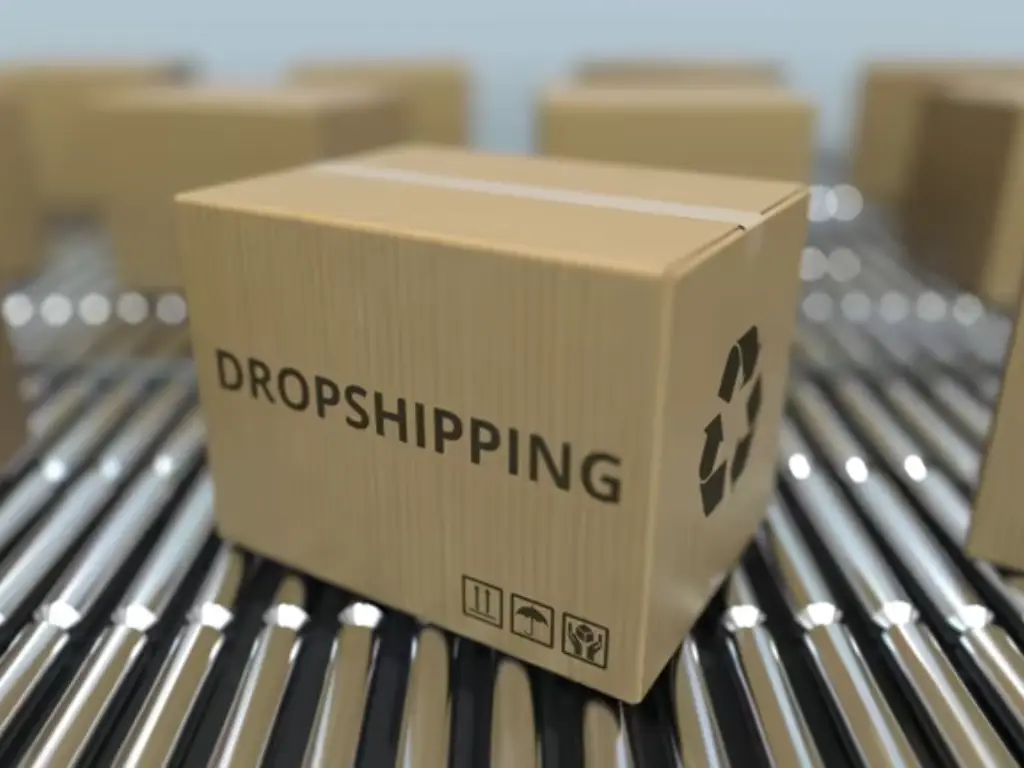
Dropshipping is a well-known business model that attracts the attention of many potential ecommerce business owners due to its low entry barrier and flexibility. In simple terms, dropshipping allows you to sell online without ever touching or storing any inventory. Rather, you become the owner of the storefront, and you open an online shop on such platforms as Shopify, WooCommerce, or even TikTok Shop and work on customer attraction. A dropshipping supplier does the actual order fulfillment, storing the inventory, packing the orders, and shipping the orders directly to your customer.
Among the greatest advantages of dropshipping that entrepreneurs adore is low start-up costs. No need to rent warehouse, employ people, or buy bulk stock. This is particularly appealing to those experimenting with new ecommerce business models, introducing niche products, or testing demand prior to scaling. Dropshipping also allows you to sell a wide variety of products without tying up capital in stock. Nevertheless, as easy as it may sound, dropshipping success greatly relies on the ability to find a good dropshipping supplier. They are the core of the customer experience, quality of the product, and speed of shipping, which can either make or break the reputation of your brand.
How Does Dropshipping Work?
The dropshipping business model operates on a simple but sensitive process. It starts with a customer making an order in your online store. After getting that order, you pass the information to your preferred dropshipping supplier. This may be done manually, or automatically with product sourcing software or supplier integrations. The supplier will then do all the picking and packing of the product and ship it directly to the address of your customer, you never see or touch the product at all in the fulfillment process.
This is a hands-off model that enables you to experiment with various products and niches with little financial risk and storage concerns. However, the twist is that your customer experience depends on the performance of your supplier. A good dropshipping supplier guarantees proper, on-time deliveries and quality products. However, when your supplier does something wrong, such as sending the wrong product, delivering late, or sending damaged goods, your customer support team will have to work more, and your brand may receive negative feedback. This is why vetting suppliers and checking their performance on a regular basis is one of the most important aspects of creating a sustainable dropshipping business to safeguard your customer base and profit margin.
If you’re looking for a reliable dropshipping supplier, consider SpeedBeeDropship. They offer fast shipping, quality control, and excellent support to help protect your brand reputation. SpeedBeeDropship makes it easier to grow your dropshipping business with confidence.
Pros and Cons of Dropshipping
| Factor | Dropshipping – Pros | Dropshipping – Cons |
| Startup Costs | Very low upfront costs — no need to invest in inventory or warehouse space. | Hidden costs can add up (advertising, transaction fees, and higher supplier prices). |
| Risk Level | Low financial risk since you don’t buy inventory in advance. | High operational risk if suppliers fail to deliver on time or provide poor product quality. |
| Product Flexibility | Easy to test different products, niches, or trends without major commitments. | Difficult to build a strong brand identity with generic or widely available products. |
| Brand Control | Full control over your online store, pricing, and marketing strategies. | No control over order fulfillment process, packaging, or delivery times. |
| Operational Effort | Minimal effort required for inventory management and logistics. | You are responsible for customer support and fixing supplier mistakes (returns, complaints, delays). |
| Scalability | Simple to scale up product range or market reach quickly. | Harder to maintain quality control and customer experience as you grow. |
| Profit Margins | Can be profitable with the right niche and marketing strategy. | Often lower margins due to intense competition and additional costs. |
| Shipping Speed | Depends on the supplier — can source from local suppliers for faster delivery. | Shipping delays common, especially if suppliers are overseas. |
| Customer Experience | Opportunity to create a smooth shopping journey through excellent storefront design and service. | Relies heavily on the dropshipping supplier for actual product delivery and quality. |
Pros of Dropshipping:
The low initial investment is one of the greatest attractions of dropshipping: you do not have to invest in large amounts of stock or rent a warehouse. This makes it extremely newbie friendly and perfect to test new products or niches. It is easy to test a wide variety of products with little financial investment. Besides, being the owner of your online store, you are in full control of your brand identity, pricing, and marketing. The dropshipping business model is flexible, so you can scale, pivot, or experiment with strategies without significant investments. And because you do not deal with physical products, you can concentrate on expanding your customer base and improving your marketing activities to increase sales.
Cons of Dropshipping:
Although dropshipping is flexible, it is associated with significant challenges. Profit margin is usually lower than in other ecommerce business models, because the competition is high, and you may have to invest more in advertising to appear in search results. The other major problem? Your dropshipping supplier has a lot to do with your customer experience. When they ship late, deliver low quality products, or screw up an order, your reputation is at stake, and you are the one who has to deal with the angry emails and refund requests. To add to that, shipping may be slow, particularly when dealing with foreign suppliers, which poses a threat of annoying your customers and losing the potential of repeat business.
Wondering if dropshipping is legal? Click here to understand the legal aspects of starting a dropshipping business: https://www.speedbeedropship.com/is-dropshipping-legal/
Amazon FBA vs Dropshipping: A Detailed Comparison
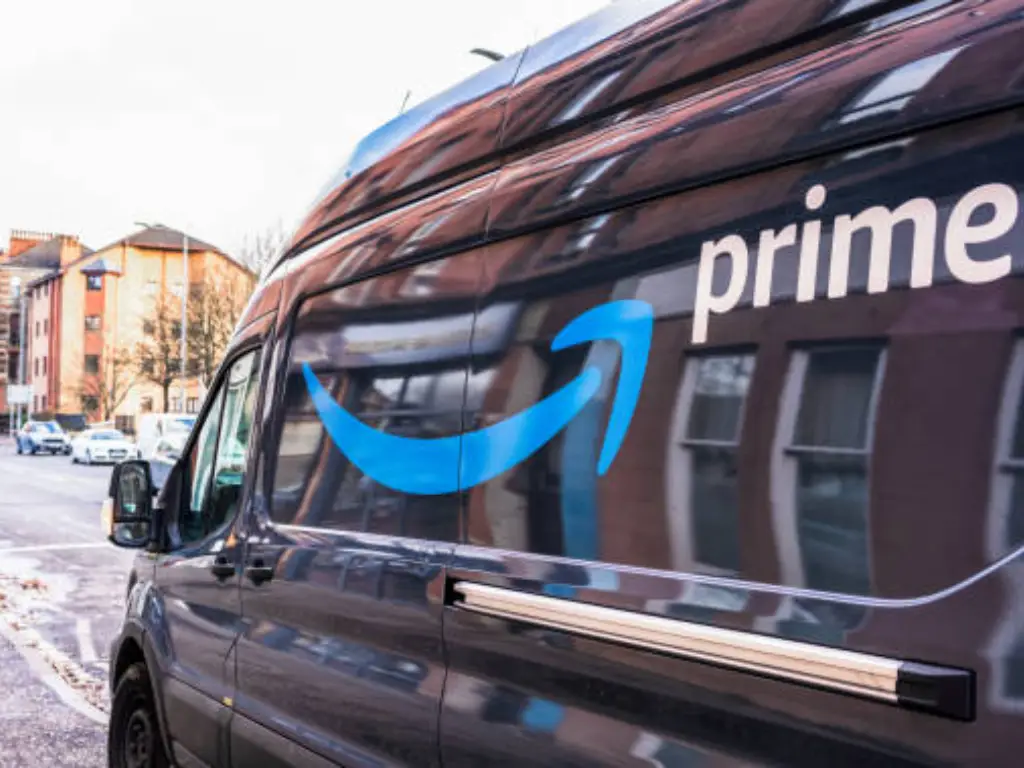
Let’s break down the key differences between Amazon FBA vs dropshipping in a clear, easy-to-digest table:
| Factor | Amazon FBA | Dropshipping |
| Startup Costs | Medium to high (inventory purchase, shipping, storage fees, prep services) | Low (no inventory, no warehouse, minimal upfront costs) |
| Operational Effort | Medium (inventory management, shipping plans, compliance with Amazon’s process) | Low (supplier handles fulfillment, you manage orders and marketing) |
| Profit Margins | Medium to high (less competition on private label products, scalable) | Low to medium (heavy competition, advertising eats into margins) |
| Brand Control | Limited (Amazon is seller of record; Amazon controls customer relationship) | High (you own the store, set pricing, manage customer experience) |
| Shipping Speed | Fast (Prime shipping, reliable Amazon fulfillment center delivery) | Slow to medium (often reliant on overseas supplier shipping times) |
| Risk | Inventory risk, returns, storage fees, strict Amazon policies | Supplier reliability, shipping delays, quality issues, potential refunds |
| Customer Service | Amazon handles customer support and returns | You manage customer service, returns, and dispute resolution |
| Scalability | High (easy to scale with Amazon’s infrastructure) | Moderate (scaling depends on supplier capacity and order volume management) |
| Upfront Capital Needed | Significant (inventory, fees, tools like product sourcing software) | Minimal (mostly website setup, marketing, and product sourcing software) |
| Flexibility | Low (harder to pivot once inventory is purchased) | High (easy to switch products, suppliers, or niches) |
| Prime / Built-in Traffic | Yes (benefit from Amazon’s customer base and trust) | No (you have to drive your own traffic through ads, SEO, social media) |
| Compliance Complexity | High (Amazon’s strict dropshipping policy, seller central rules) | Medium (platform-specific rules, but more freedom overall) |
| Control of Customer Data | Limited (Amazon owns the customer data) | Full (you collect emails, data for remarketing and building loyalty) |
As the comparison indicates, Amazon FBA and dropshipping are both strong in their own way and can be used to achieve various business objectives. Amazon FBA has evident advantages when you are concerned with the speed of delivery, the stability of order fulfillment, and the availability of a high number of customers. Conversely, in case you are concerned with limiting financial risk, minimizing direct engagement in logistics, and keeping flexibility to experiment with different products, dropshipping can be the better option. Both models are demanding to plan, have operational expenses, and have their own challenges. Before choosing the strategy that best fits your ecommerce strategy, it is crucial to consider your budget, resources and long-term goals.
Which Model is Right for You?
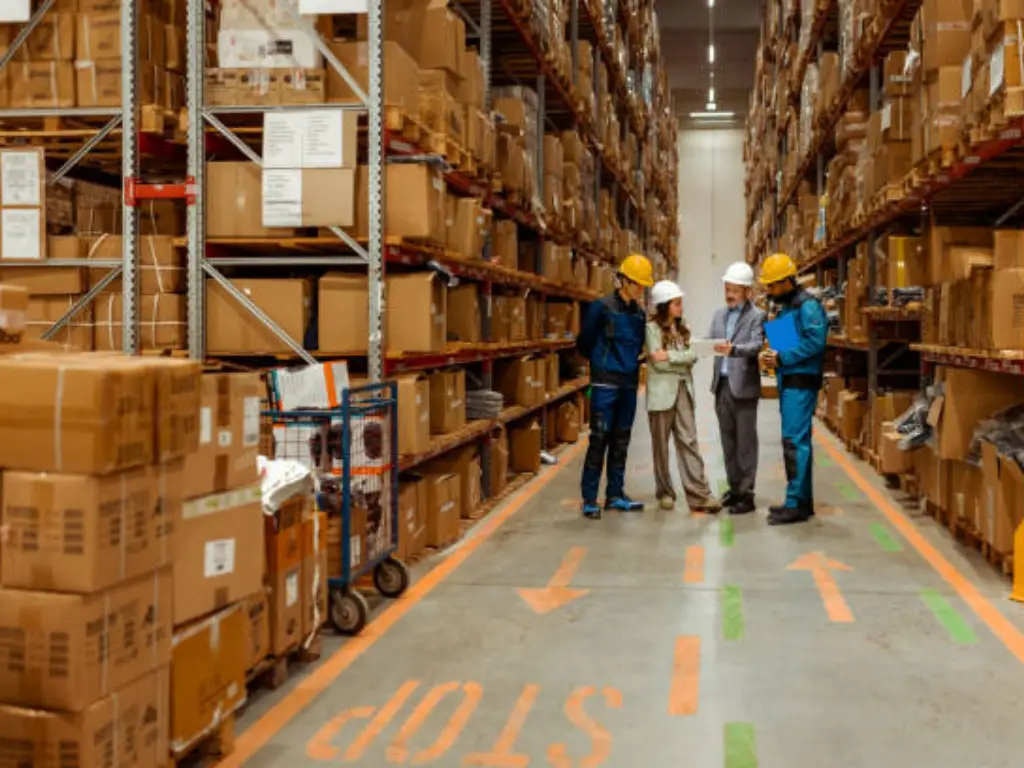
Got capital to invest and think long-term? Amazon FBA is your ticket to scalable growth. With proper inventory management and smart product choices, you can build a serious business that leverages Amazon’s power.
Testing the waters? If you’re unsure about what to sell or don’t want to commit too much money up front, dropshipping lets you explore the market with low risk. Great for validating ideas with minimal upfront costs.
Totally new to ecommerce? Dropshipping gives you a gentle learning curve. You’ll get to grips with the fulfillment method, customer management, and marketing without overwhelming complexity.
Already have a product? Amazon FBA is ideal for scaling. With Amazon’s fulfillment centers handling the logistics, you can focus on marketing, product development, and growing your brand.
In case you choose to use dropshipping as your business model, selecting the right supplier may be the difference between success and failure. SpeedBeeDropship is where it comes in. SpeedBeeDropship removes the risk because it is the first and only dropshipping supplier that is dedicated to enabling dropshippers to actually manage their supply chain. They ensure that provided your customer makes an order, the goods will be delivered to him/her- no excuses. In case a carrier misplaces a package or there is a problem with delivery at the last stage, SpeedBeeDropship will provide a replacement free of charge. This is also the case with damaged or defective products. Besides, you will not be hit by sudden price increases on your orders. SpeedBeeDropship provides more control over inventory, quality, and packaging than large platforms, which provides your business with a stable base to expand.
Looking for reliable Shopify dropshipping suppliers? Click here to discover the best options for your store: https://www.speedbeedropship.com/shopify-dropshipping-suppliers/
Real-life Examples or Strategy Tips
One clever strategy that some long-time Amazon sellers employ is to begin with dropshipping to experiment with profitable products and then switch to FBA when they find winning products. In this manner, they reduce risk and base bulk purchases on data. It is a time and money saving strategy.
Regardless of your model, it is important to select a trustworthy dropshipping supplier or FBA prep partner. Vet suppliers with product sourcing software or a seller assistant extension. Check their reviews, delivery schedules, and customer care response. Your supply chain is only as strong as its weakest link — don’t let that link be your supplier.
Conclusion
Amazon FBA and dropshipping do not have one optimal option. Amazon FBA is a good option when you have capital to invest and you are interested in creating a scalable and long-term business with consistent shipping and customer confidence. Dropshipping is more suitable when you want to have low initial investment and flexibility when trying out products or learning the ecommerce process. The correct model will be based on your budget, objectives, and the level of involvement you want to have with order fulfillment. Be sure to select the one that suits your needs and plans.
When you decide to use dropshipping, SpeedBeeDropship provides stable supply chain management, risk-free replacements, and constant assistance, which allows you to concentrate on developing your business without thinking about logistics. Collaborate with SpeedBeeDropship to have quality, delivery, and peace of mind in your store.

